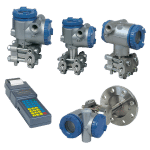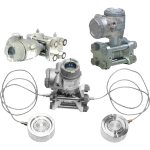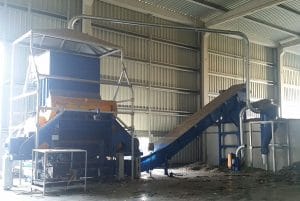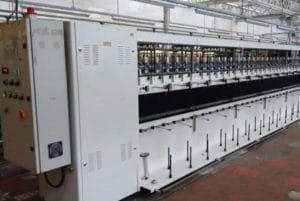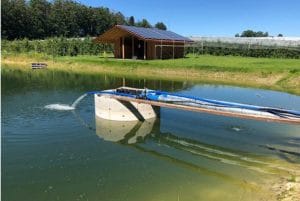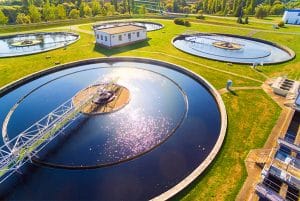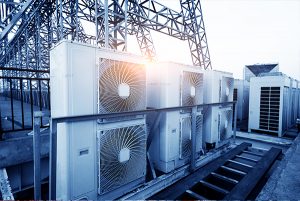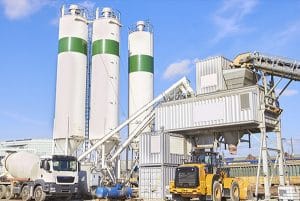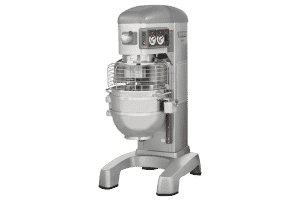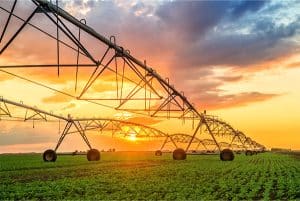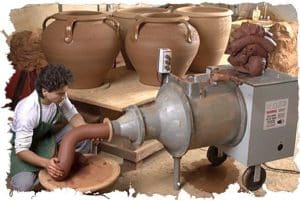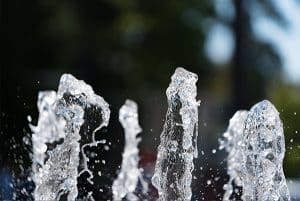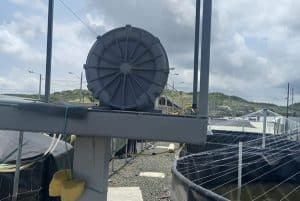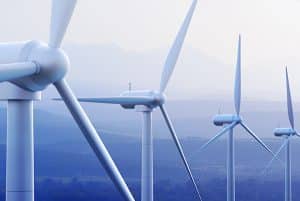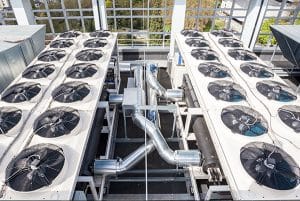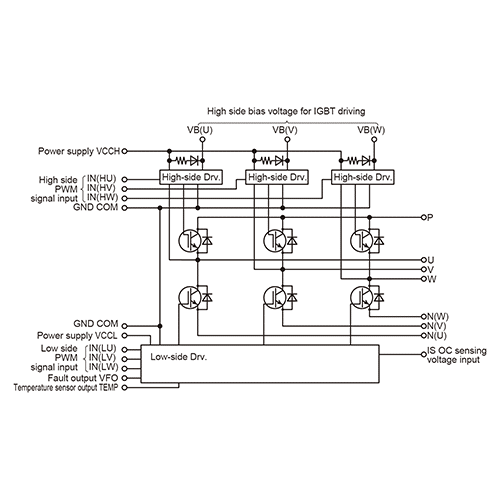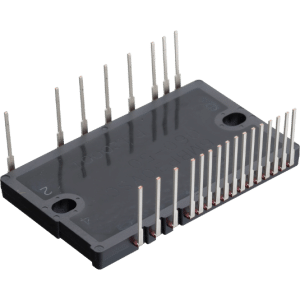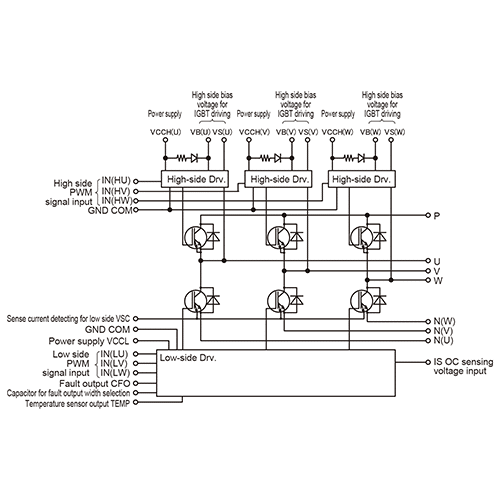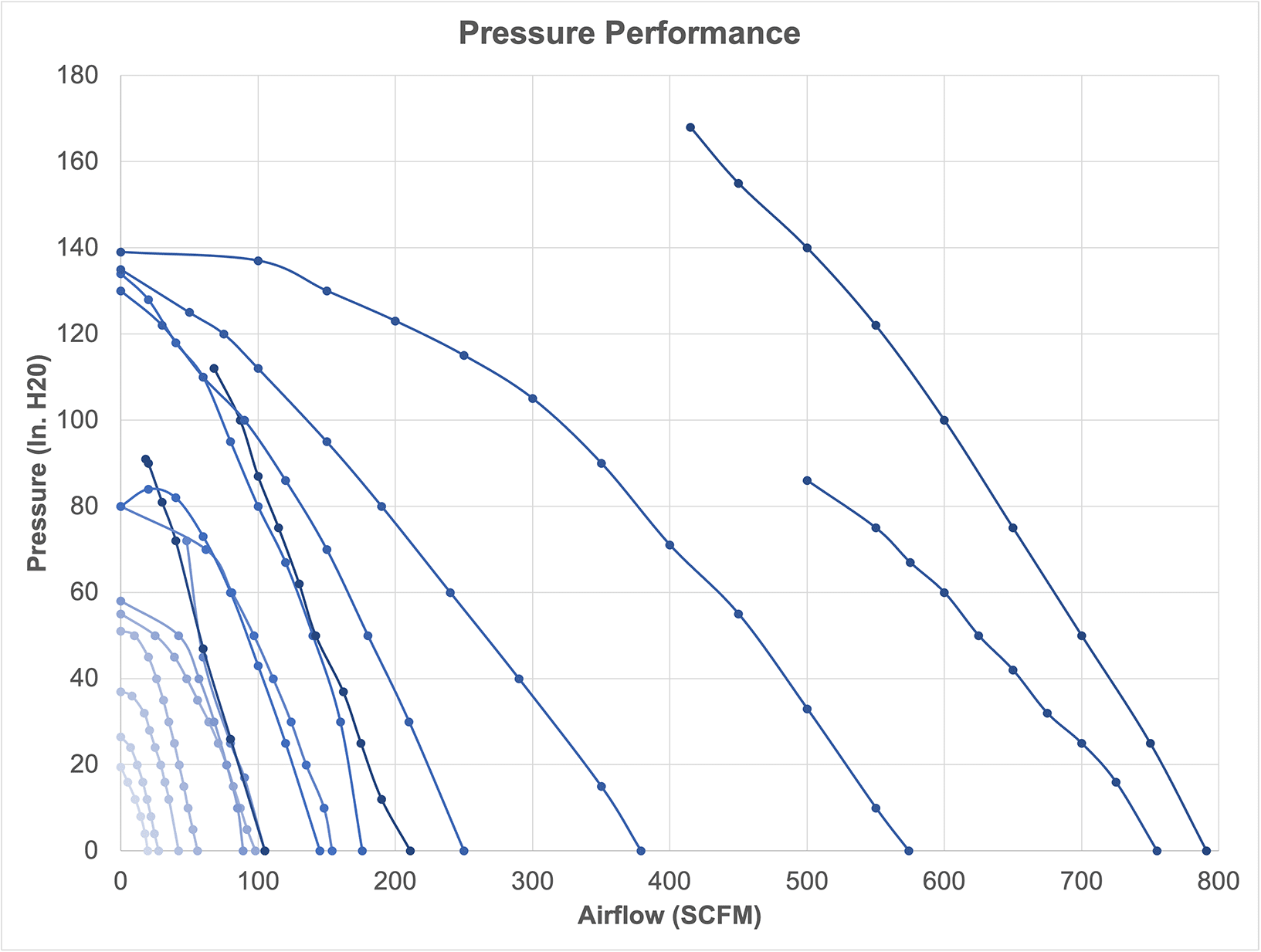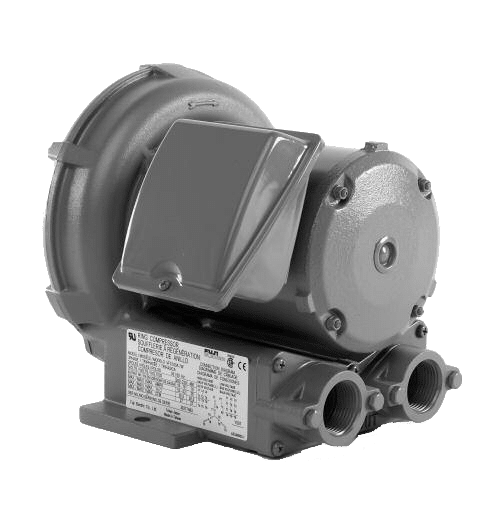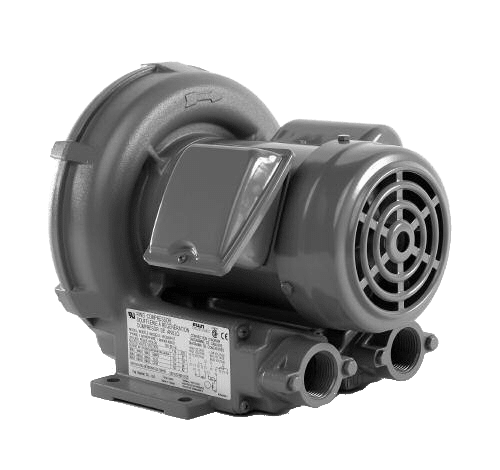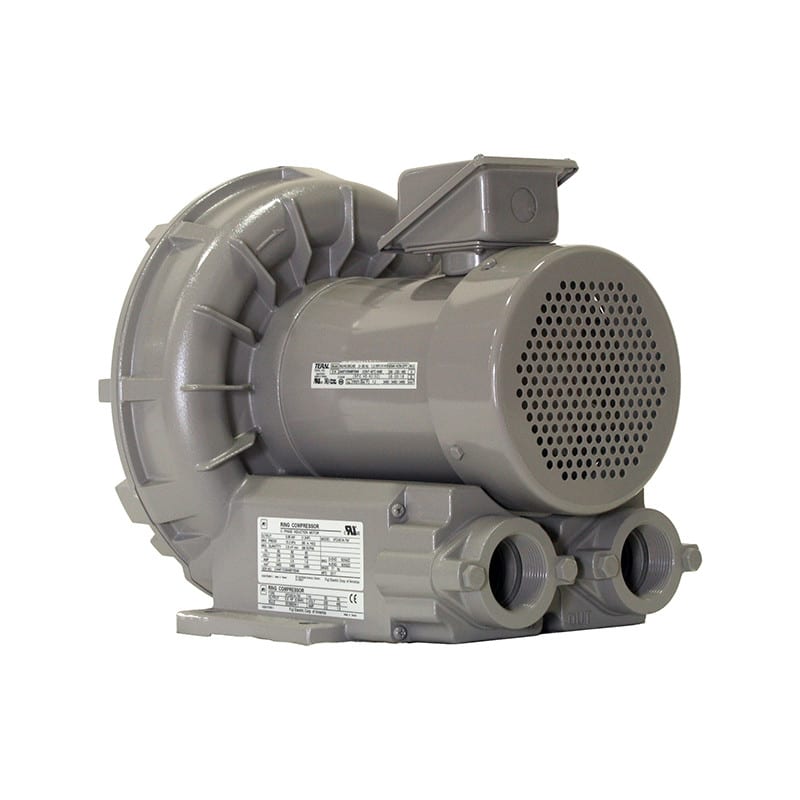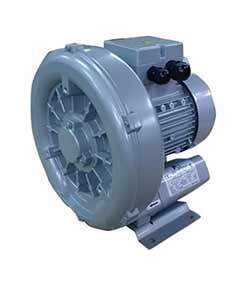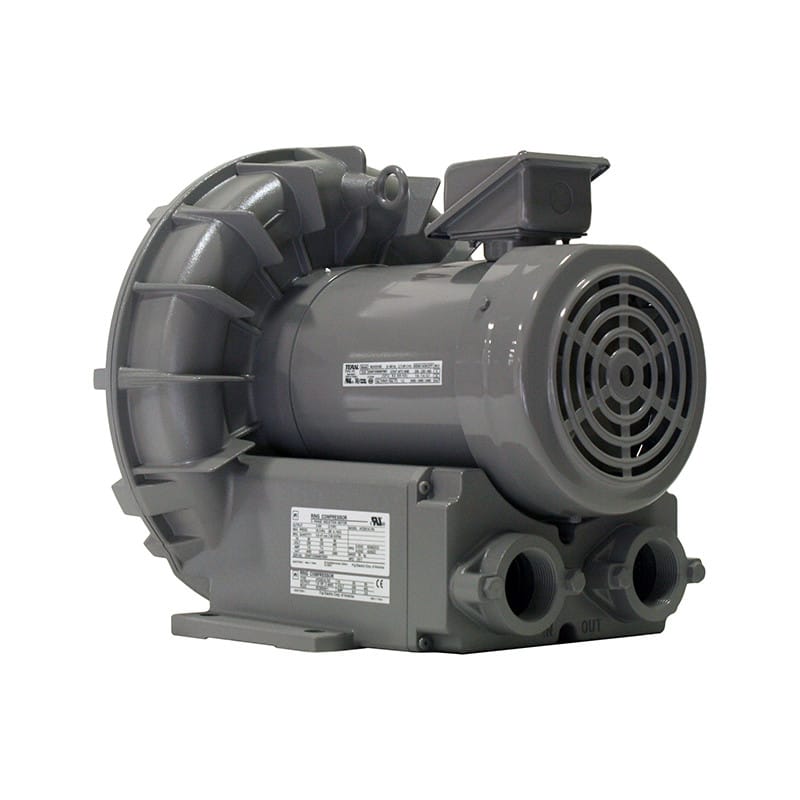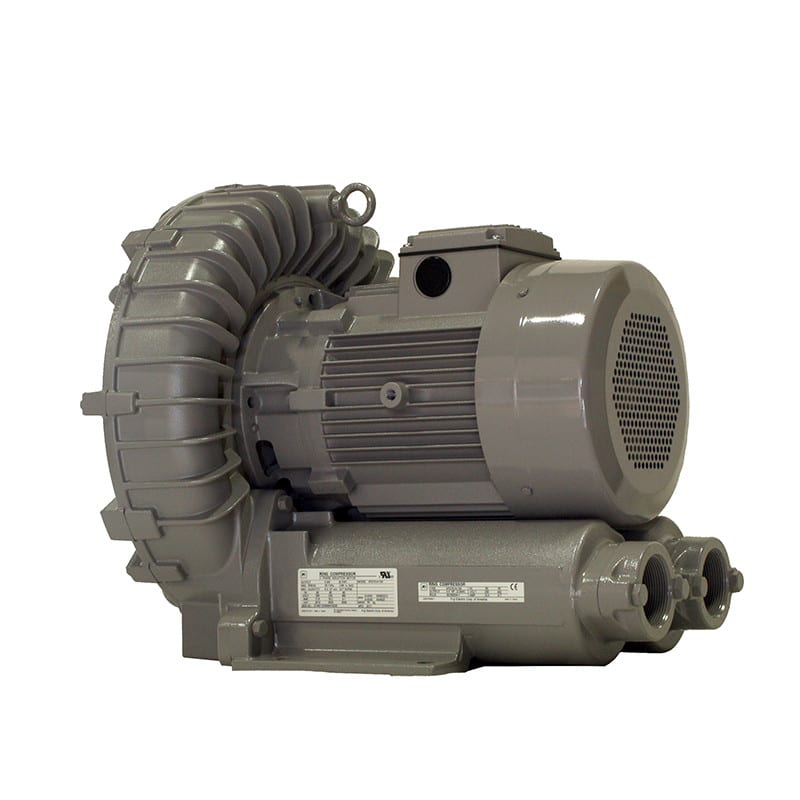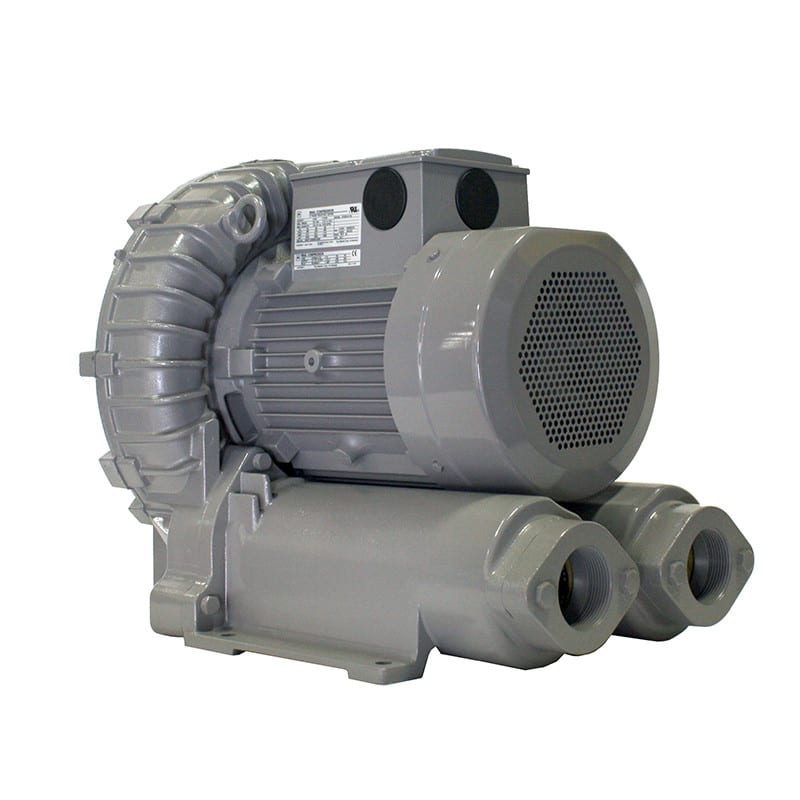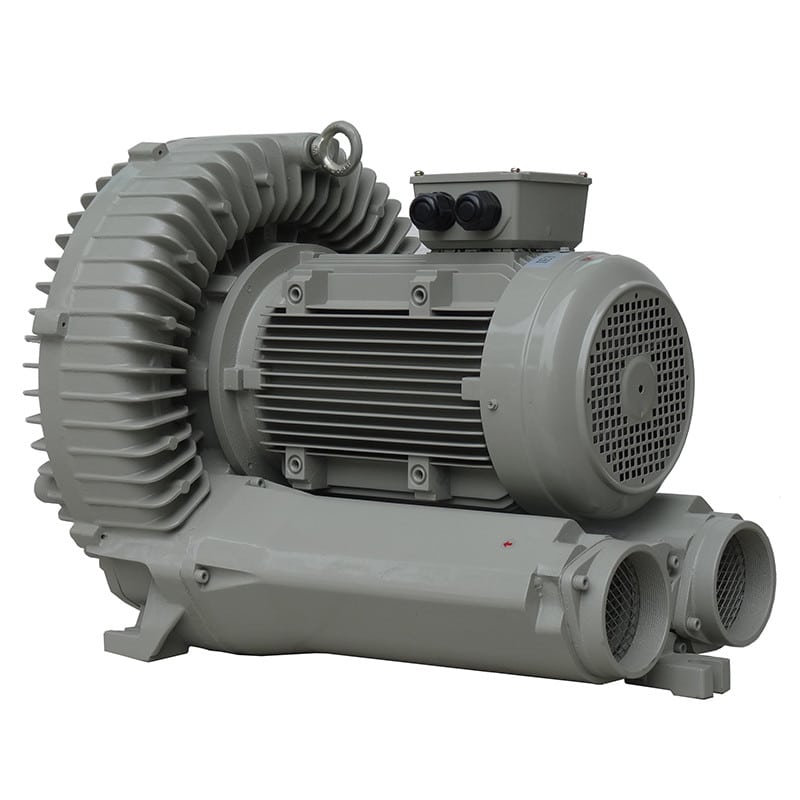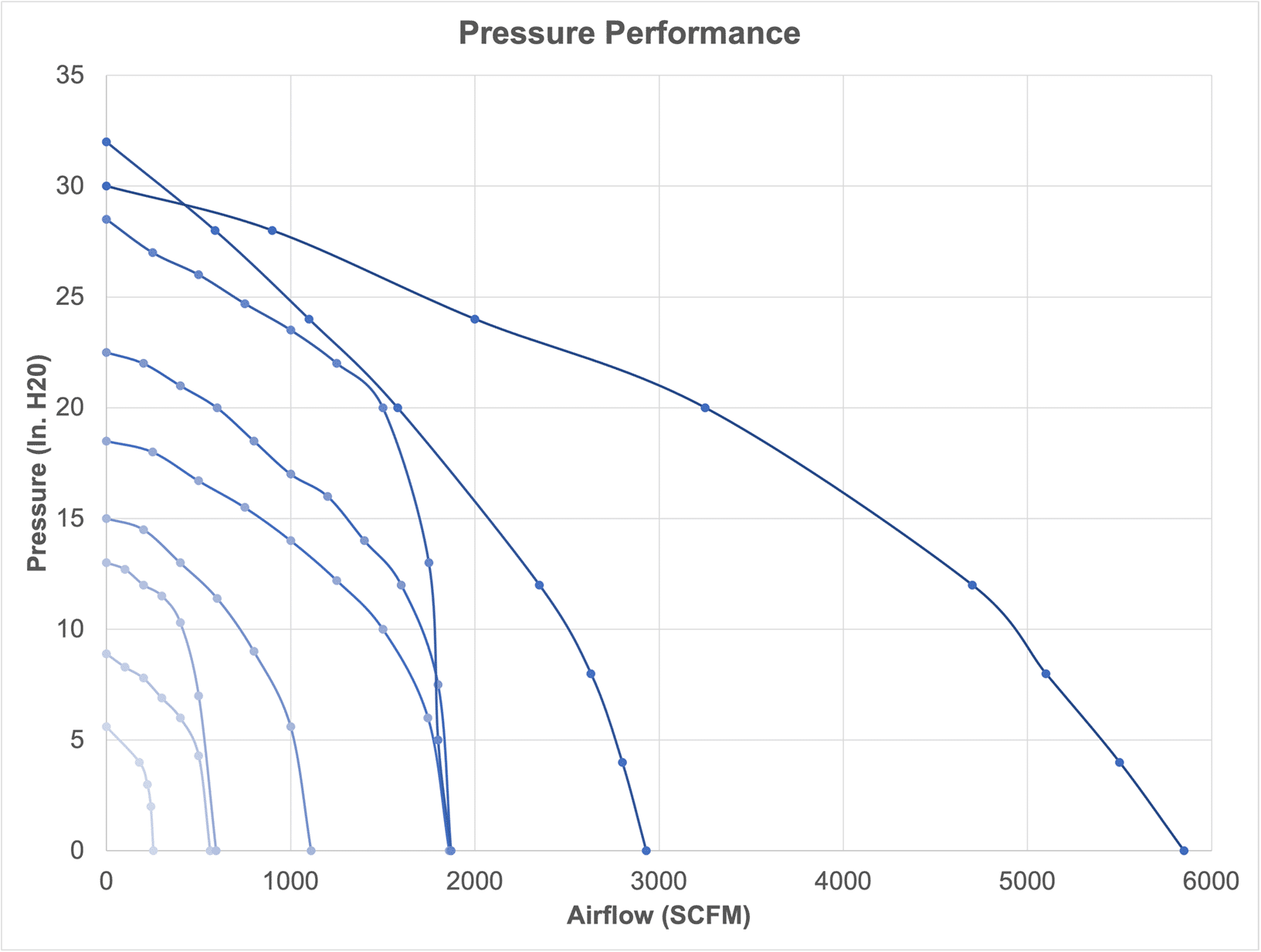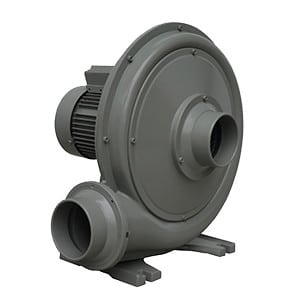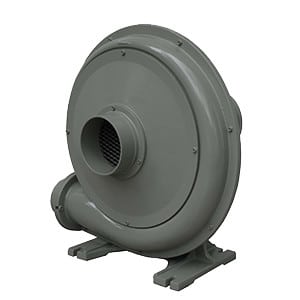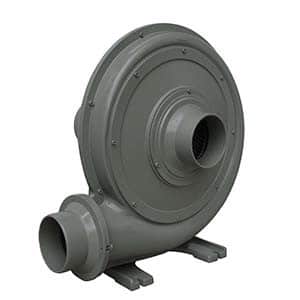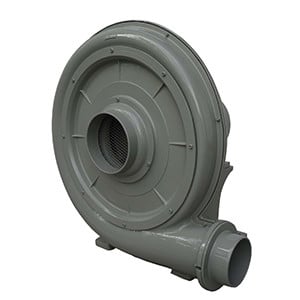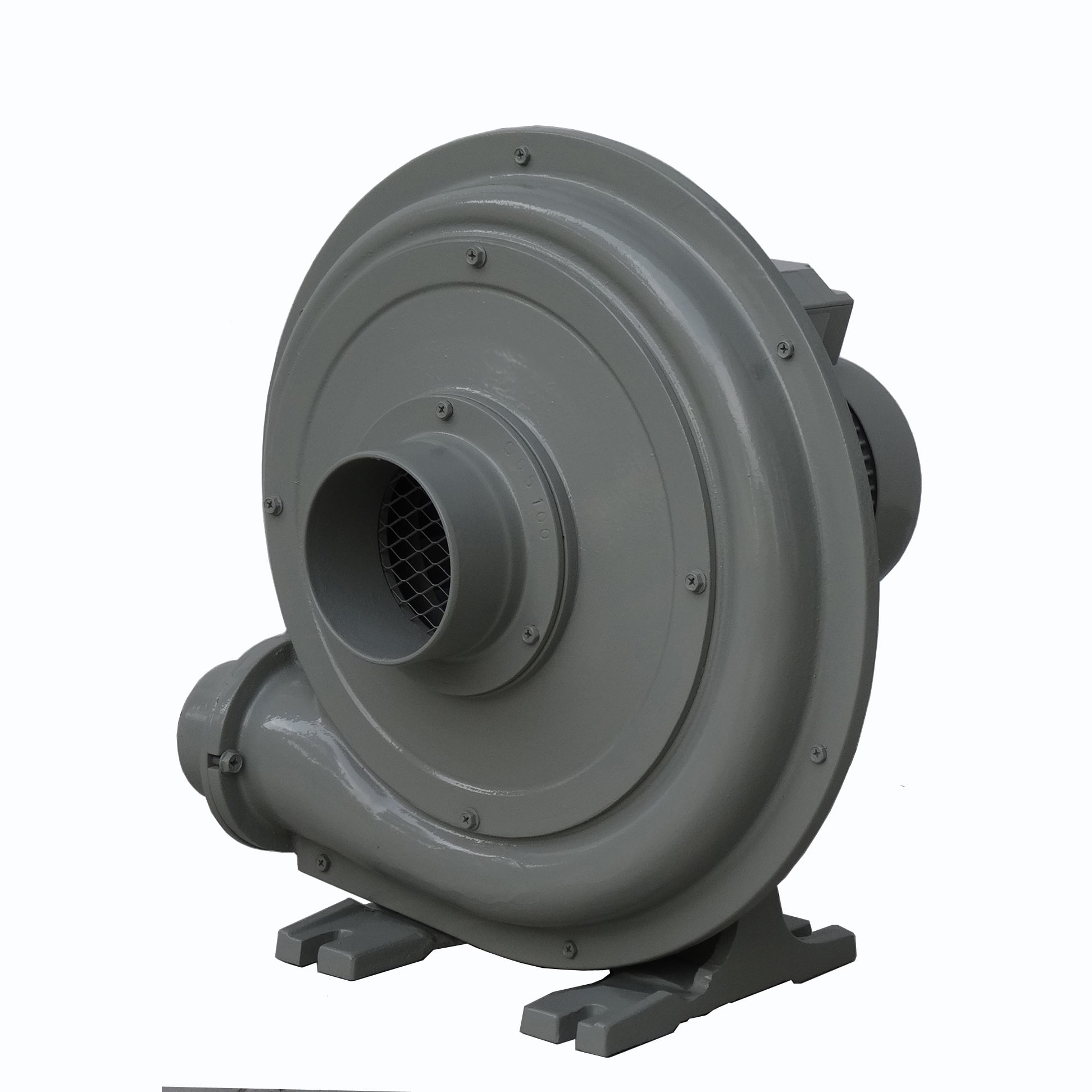
Pressure Transmitters & Tansducers
How to measure the pressure? What is the definition of a pressure sensor?
Our experts explain you the operation and the principle of a pressure transmitter and introduce the different types of pressure sensors.
What is a pressure sensor ?
The pressure sensor is also called a pressure transmitter, pressure probe, or pressure transducer. There is no notable difference between these different names.
The pressure sensor is a measuring device whose principle consists of converting the force applied by the pressure of a fluid on a given surface into an electrical signal.
Air pressure, water pressure, vapor pressure, and gas pressure can thus be measured.
Pressure sensors are used to measure pressure, as well as to measure flow, measure level (hydrostatic measurement), or measure density.
What is the pressure measurement unit ?
The pressure p is expressed in units of force F per units of area A.
p = F / A
The International System of Units (SI) unit of pressure is the pascal, Pa.
It takes its name from Blaise Pascal born in Clermont-Ferrand where the headquarters of the factory of Fuji Electric France SAS, a French manufacturer of pressure sensors, is located.
Other units of measure for pressure are bar (bar), and psi (pounds per square inch).
How does a pressure transmitter work and what is the principle of a pressure sensor

The pressure of the measured fluid is applied to an internal measuring element through a fitting and then a mechanical interface – measuring membrane. The electronic measuring element converts the pressure into a raw signal.
THERE ARE DIFFERENT MEASUREMENT TECHNOLOGIES :
- The piezoresistive pressure sensor measures the force applied to a metal diaphragm.
The pressure exerted deforms the diaphragm which transmits the pressure variation via an intermediate incompressible fluid (oil or water). This deforms a piezoresistive silicon element (Wheatstone bridge).
This element is a variable electrical resistance which converts the strain into an ohmic value.
- The capacitive pressure sensor measures the force applied to a metal or ceramic membrane..

- The pressure exerted distorts the membrane, which transmits the pressure variation via an intermediate incompressible fluid (oil or water). This deforms a capacitive silicon element.
This element is a variable capacitor that converts deformation into a capacitive value. - The frequency resonant pressure sensor
- The voltage gauge sensor
The signal from the measuring element is then filtered, amplified, temperature compensated and then formatted into an analog signal.
The analog output signal is transmitted via an electrical connector.
What are the differents parts of a pressure transmitter ?
Pressure transmitters consist of a mechanical fitting, a metal or ceramic membrane, a capacitive or piezoresistive sensitive element, an electronic signal conditioning and amplification module, an electrical connector.
It is packaged in a plastic or metal case (aluminum case or stainless steel case).

What is the pressure transmitter output signal?
The output signal of a pressure sensor can be analog or digital.
The analog signal is usually 4-20mA, 0-10V or 1-5V.
A digital signal can be available with different communication protocols – HART – Fieldbus – Profibus – Modbus.
These protocols transmit the measurement value and also allow for the setting up of pressure sensors.
We call them smart electronic transmitters.
The transmitter may have a local indicator to visualize the measurement.
How to choose a pressure transmitter ?
The pressure sensor should be chosen based on the fluid to be measured and the conditions of service of the application.
It is necessary to define:
- The fluid to be measured such as air, gas, steam, water or other liquid and its characteristics (density, viscosity…)
- The fluid process operating conditions:
- the pressure
- the temperature
- the corrosion
- The measurement type:
- pressure measurement
- flow measurement
- level measurement
- density measurement
- The type of pressure to be measured (relative pressure, absolute pressure, differential pressure)
- The pressure measurement range
- The measurement dynamic (rangeability) : the difference between the smallest measured value and the highest measured value
- The measurement accuracy
- The measurement response time
- The mechanical interface or the process connection (screwed, flanged)
- The output signal : analog and/or digital
- climate environment and associated constraints
- the ambient temperature
- the relative ambient humidity
- the dust content
- the corrosive gas content
- the waterproofness and IP tightness level
- The industrial environment, associated constraints existing regulations
- the use in explosive atmosphere and areas
- the dust
- the explosiveness
- the electromagnetic waves (CEM)
- the vibrations
- the radiations
- the use in explosive atmosphere and areas
- The functional Safety and Security Integrity Level (SIL); CEI 61508 and 61511

What are the different types of pressure transmitters ?
THE GAUGE PRESSURE TRANSMITTER
Relative pressure sensors measure pressure relative to atmospheric pressure.
THE DIFFERENTIAL PRESSURE TRANSMITTER
Differential pressure is the difference in pressure between two pressures.
Differential pressure sensors compare two pressures: a low-pressure reference pressure (LP) and a high-pressure (HP) side pressure.
They are used to measure a density, a fluid level and a fluid flow.
In the latter case, it is associated with a primary element that creates differential pressure depending on the flow of a fluid.
THE ABSOLUTE PRESSURE TRANSMITTER
Pressure sensors compare relative pressure to absolute vacuum. Absolute pressure is always positive.
The absolute pressure sensor has the advantage of freeing from changes in atmospheric pressure thanks to a reference chamber to the vacuum.
Absolute pressure can be expressed from relative pressure by adding 1,013 bar or absolute bar (bar abs.) – relative (bar) – 1,013
THE REMOTE SEAL PRESSURE TRANSMITTER
Remote seal pressure sensors permit to measure fluids at high temperatures.
The separator serves as a protective interface between the measurement element and the measuring fluid. There are many applications for separator sensors.
They are used to measure the flow of a liquid, the flow of gas, the flow of steam, to measure the level of a fluid in a tank, the density of a fluid or the pressure.
Separator pressure sensors can be either rigidly mounted or equipped with one or two capillaries to deport the measurement and to reduce the temperature.
For applications with corrosive fluids found in the chemical and petrochemical industries, separators are available in different corrosion-resistant materials (Inox, Hastelloy C, Monel, Tantalum,..).
For agri-food, hygienic and pharmaceutical applications, separators are available with sanitary fittings and flush diaphragm to meet health rules and requirements.
Remote seal transmitters are use in the following applications :
- The temperature of the fluid is high,
- The fluid is corrosive,
- The fluid is charged and may shutter the sensor connection piping,
- the fluid is viscous or may solidify in the sensor connection piping,
- the fluid may freeze,
- for hygienic and sanitary applications,
- to facilitate maintenance and maintenance.
THE MULTIVARIABLE PRESSURE TRANSMITTER
Multivariable pressure sensors combine differential pressure measurement, absolute pressure measurement and temperature measurement in the same sensor.
They are used in particular for the measurement of mass flow.
THE SUBMERSIBLE PRESSURE TRANSMITTER
These pressure sensors can be immersed in a liquid and can be used to measure the level of a tank or tank.
How to calibrate a pressure transmitter ?
Industrial pressure transmitters require periodic calibration to ensure accurate pressure measurement.
The calibration period is defined by the manufacturer. Zero (Zero) and full-scale sensor (Span) should be calibrated.
Calibration involves applying a reference pressure to the sensor’s mechanical interface, checking the output signal and then applying a compensation.
The sensor can be calibrated using an external adjustment screw, a local digital indicator, a programming interface or programming software.
In order to perform the various manipulations, it may be necessary to have an isolated faucet or manifold on the pressure transmitter.
How to install a pressure transmitter ?
The pressure sensor can be fixed with a mechanical connection to the measuring organ or to the piping where the pressure is to be measured.
Special precautions should be taken depending on pressure and temperature conditions.
The sensor output signal can be connected to a display system (display, recorder or supervision) or an PLC to drive a control device.
How to check a pressure transmitter ?
A pressure sensor can be tested by applying a reference pressure to the process connection and by checking the signal of the measured analog output or the value displayed on the indicator.
How to set up a pressure transmitter ?
There are different ways to set up pressure sensors.
Pressure sensors can have a local digital indicator that can be adjusted to adjust the parameters.
They can also be configured remotely with a programming interface (hand held communicator) or a configuration software via the digital signal and HART protocol.
What are the different industries that are using pressure transmitter ?
Pressure transmitters are used in all industrial areas.
The right model should be chosen based on the application and constraints of the industrial environment.

